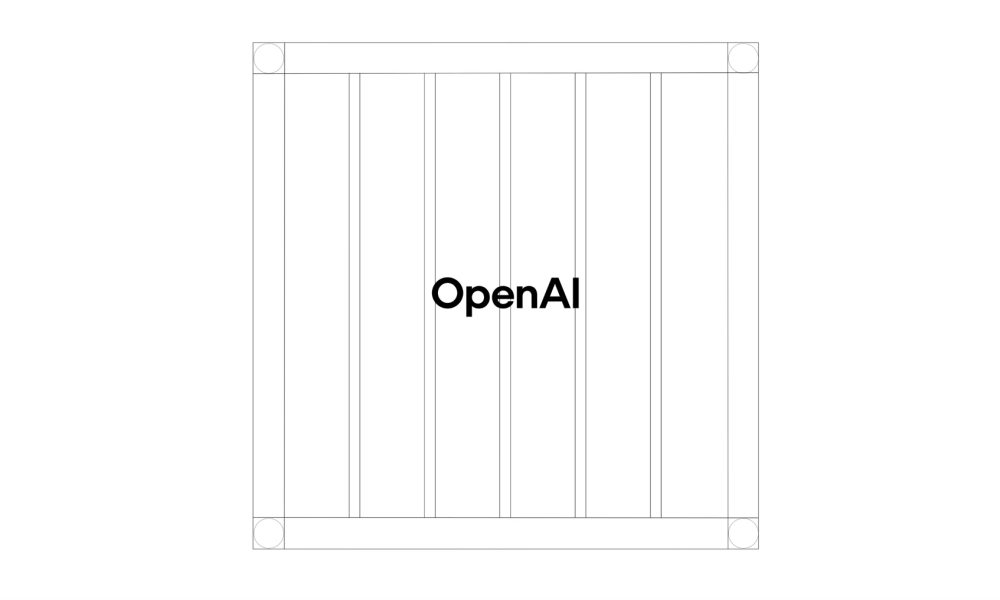Share Share Share Share Email In the fast-paced world of digital transformation, identity verification has become a crucial aspect of security and privacy. Ravikanth Reddy Gudipati , a thought leader in the field, explores how Verifiable Credentials (VCs) are revolutionizing digital identity management. This technology has the potential to enhance security, streamline operations , and reduce fraud while maintaining user privacy.
A New Era of Digital Identity Management The traditional identity verification landscape is fraught with inefficiencies, including long verification processes, high costs, and security vulnerabilities. VCs introduce a paradigm shift by offering decentralized, tamper-proof digital identities that enable instant verification. By leveraging cryptographic attestations and decentralized identifiers, VCs eliminate reliance on centralized authorities, significantly reducing verification time and administrative overhead.

This transformation empowers individuals with greater control over their personal data while providing organizations with more reliable verification methods. The blockchain-based infrastructure ensures immutability and transparency, creating a trust framework that transcends geographical boundaries. Furthermore, VCs facilitate interoperability across different systems, streamlining cross-organizational processes and enabling seamless user experiences in an increasingly digital economy.
The Core Components of Verifiable Credentials VCs operate within a structured ecosystem that includes issuers, holders, and verifiers. Issuers generate and sign digital credentials using secure cryptographic methods. Holders store these credentials in digital wallets, granting them full control over their identity data.
Verifiers request and authenticate credentials without needing to access the underlying personal information. This approach enhances privacy and minimizes the risk of data breaches. The infrastructure supporting this ecosystem leverages zero-knowledge proofs, allowing holders to prove credential validity without revealing sensitive data.
This selective disclosure capability represents a fundamental advancement over traditional systems where complete information sharing was necessary. Additionally, the decentralized architecture ensures resilience against single points of failure, making the system inherently more robust. By creating trustless verification channels, VCs establish a framework where disparate organizations can engage in secure transactions without pre-existing relationships, significantly expanding cross-domain collaboration possibilities.
Enhancing Security with Cryptographic Innovations Security remains a top priority in digital identity verification. VCs utilize decentralized identifiers (DIDs) and advanced cryptographic techniques such as zero-knowledge proofs. This allows individuals to prove their credentials without revealing unnecessary personal data.
The implementation of blockchain technology further ensures the immutability and security of credentials, mitigating risks associated with identity fraud. Reducing Fraud and Operational Costs Organizations that have implemented VC-based systems report a drastic reduction in fraud attempts and verification costs. Traditional credential verification can take several days and cost up to $15 per instance.
In contrast, VCs enable real-time verification at a fraction of the cost, saving resources and improving efficiency. The healthcare and education sectors, in particular, have seen significant benefits, with institutions reporting an over 70% decrease in administrative overhead. The Role of AI and Automation in VC Adoption Artificial intelligence (AI) is playing a crucial role in optimizing VC verification processes.
AI-driven authentication systems can detect fraudulent activities with greater accuracy while expediting verification. Automated systems powered by machine learning algorithms have reduced manual review requirements by 90%, significantly enhancing scalability and efficiency. Overcoming Implementation Challenges Despite their advantages, VCs face certain adoption challenges, including regulatory compliance and legacy system integration.
Organizations must update their identity management infrastructure and ensure interoperability with existing systems. Standardized APIs and middleware solutions are helping bridge this gap, enabling smoother transitions. Additionally, government initiatives are fostering regulatory frameworks that support VC adoption.
The Future of Verifiable Credentials As digital identity frameworks continue to evolve, the integration of post-quantum cryptography and AI-driven fraud prevention will further strengthen VC systems. Governments worldwide are recognizing the potential of VCs in reducing fraud and improving service delivery, with cross-border credential recognition gaining traction. With increasing investments in digital identity solutions, the adoption of VCs is expected to accelerate across multiple industries.
In conclusion,Verifiable Credentials are redefining digital identity verification by enhancing security, reducing fraud, and streamlining processes. As organizations and governments continue to embrace this innovation, the future of digital identity looks promising. Ravikanth Reddy Gudipati’ s insights into the transformative potential of VCs highlight their role in shaping a more secure and efficient digital landscape.
Related Items: Digital Identity , Ravikanth Reddy Gudipati , streamline operations Share Share Share Share Email Recommended for you Blockchain and Digital Identity in 2024 Securing Your Digital Identity: 10 Essential Tips for Password Management The Future of Online Privacy: Cryptocurrency and Digital Identity Comments.
Technology

The Evolution of Digital Identity: How Verifiable Credentials Are Reshaping the Future

In the fast-paced world of digital transformation, identity verification has become a crucial aspect of security and privacy. Ravikanth Reddy Gudipati, a thought leader in the field, explores how Verifiable Credentials (VCs) are revolutionizing digital identity management. This technology has the potential to enhance security, streamline operations, and reduce fraud while maintaining user privacy. A [...]The post The Evolution of Digital Identity: How Verifiable Credentials Are Reshaping the Future appeared first on TechBullion.















